Imagine standing at the base of a towering cascade, mist kissing your skin as the roar of water drowns out the noise of daily life. For many across the U.S., this isn’t just a scenic escape—it’s a profound encounter with sacred waterfalls healing. From ancient Native American traditions to modern seekers of solace, these natural wonders are said to cleanse not just the body but the soul. A growing number of Americans are turning to these sites, drawn by stories of renewal and peace. Whether it’s the raw power of Niagara or the hidden serenity of a lesser-known fall, the pull is undeniable. As stress and disconnection define much of life in 2025, could these waterfalls offer a tangible antidote? This journey through 12 sacred U.S. waterfalls reveals why so many believe they hold a unique, restorative magic.
1. Niagara Falls, New York: A Thunderous Reset
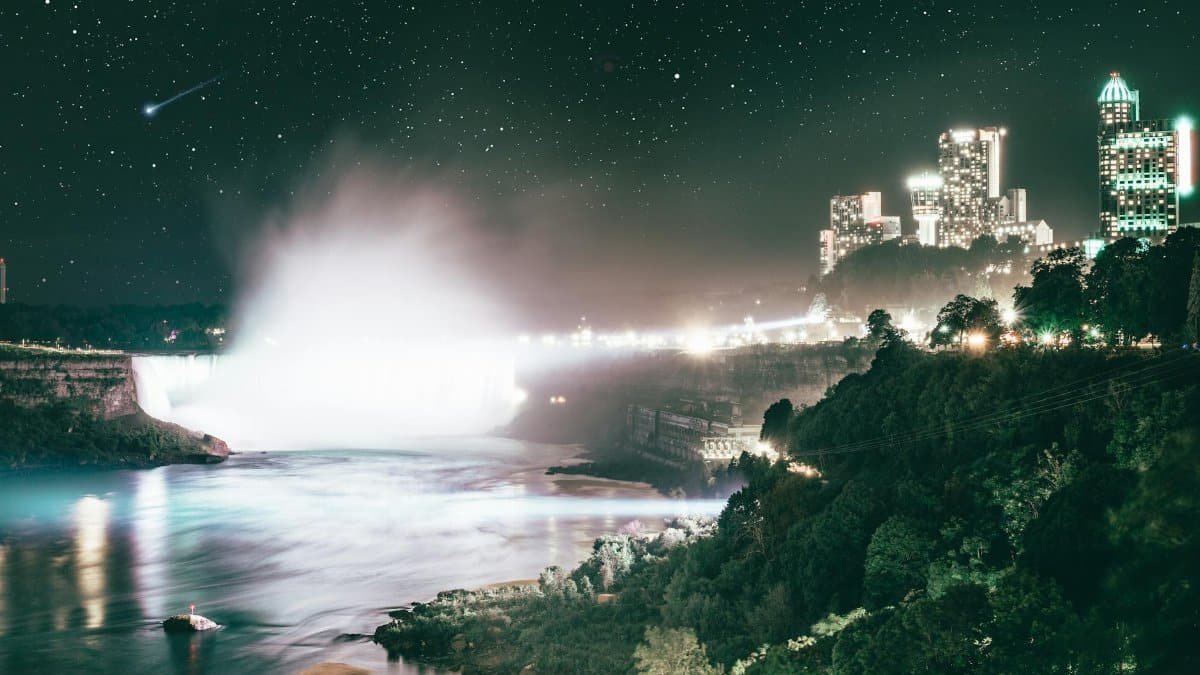
The sheer force of Niagara Falls hits you before you even see it—a deep, relentless rumble that vibrates through your chest. Straddling the U.S.-Canada border, this iconic cascade has long been revered by Indigenous peoples like the Haudenosaunee, who saw it as a place of spiritual power. Today, visitors describe a near-instant release of tension as they watch millions of gallons crash over the edge. One anonymous account shared online captured it simply: “Standing there, I forgot my deadlines. I just breathed.” Studies, like those from the National Institutes of Health, suggest exposure to natural water features can lower cortisol levels, supporting claims of stress relief. Niagara’s accessibility makes it a starting point for anyone curious about sacred waterfalls healing.
2. Havasu Falls, Arizona: Turquoise Tranquility
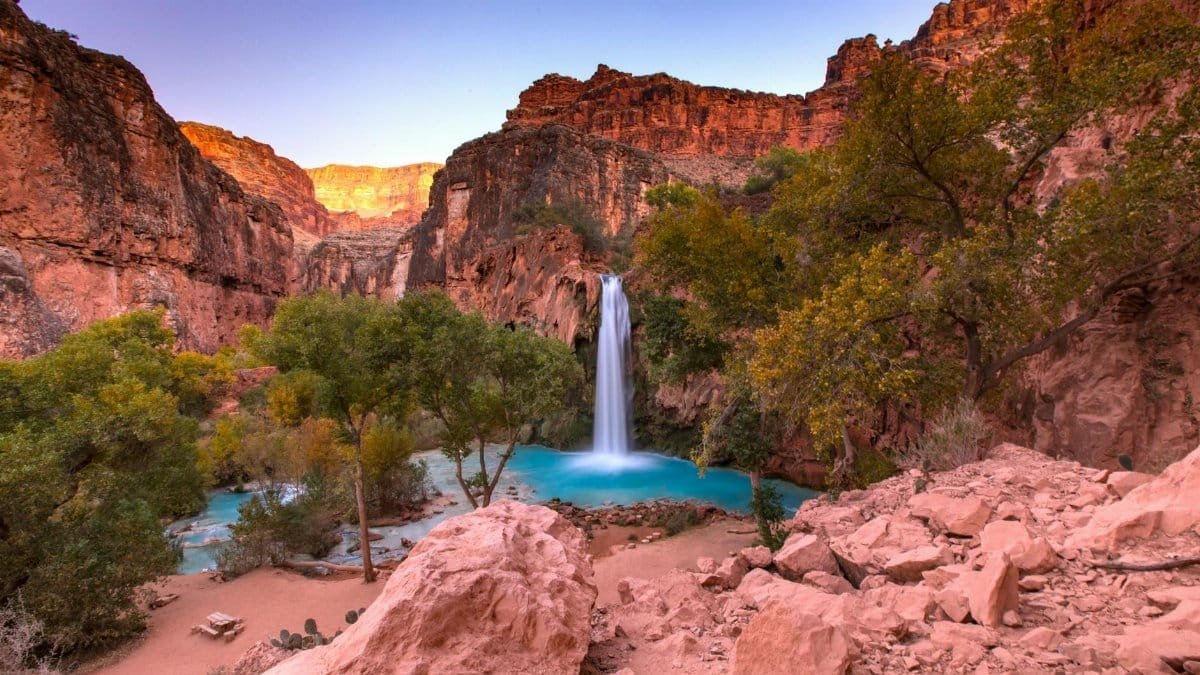
Nestled in the Grand Canyon on Havasupai land, Havasu Falls is a vision of otherworldly blue-green water plunging into pools below. The Havasupai people have guarded this sacred site for centuries, believing its waters carry healing properties. Visitors often speak of a deep calm settling over them, as if the vibrant hues wash away inner turmoil. Permits are required to visit, a process that underscores the site’s cultural weight. Research from U.S. Forest Service studies highlights how immersion in remote natural settings can boost mental clarity, aligning with these personal accounts. Havasu’s beauty demands respect—and a willingness to hike for it.
3. Yosemite Falls, California: Majesty That Grounds
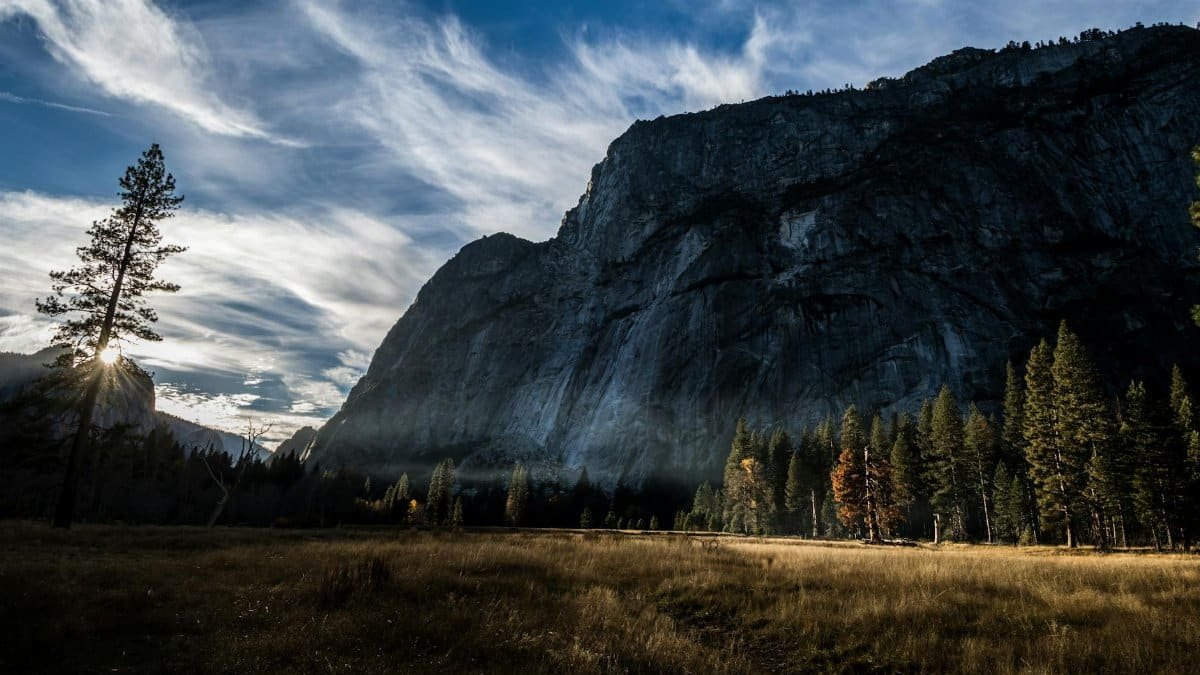
In Yosemite National Park, the towering Yosemite Falls drops nearly 2,500 feet, a spectacle that stops even the chattiest hikers in their tracks. Native Ahwahneechee stories tie the falls to spiritual renewal, a theme echoed by modern visitors who feel “reset” in its presence. One middle-aged hiker recalled standing at its base, whispering, “This is bigger than me.” The falls’ accessibility via park trails makes it a draw for those exploring sacred waterfalls healing. Data from National Park Service notes millions visit yearly, many citing emotional uplift. It’s a reminder of nature’s scale—and our place within it.
4. Multnomah Falls, Oregon: A Cascade of Calm
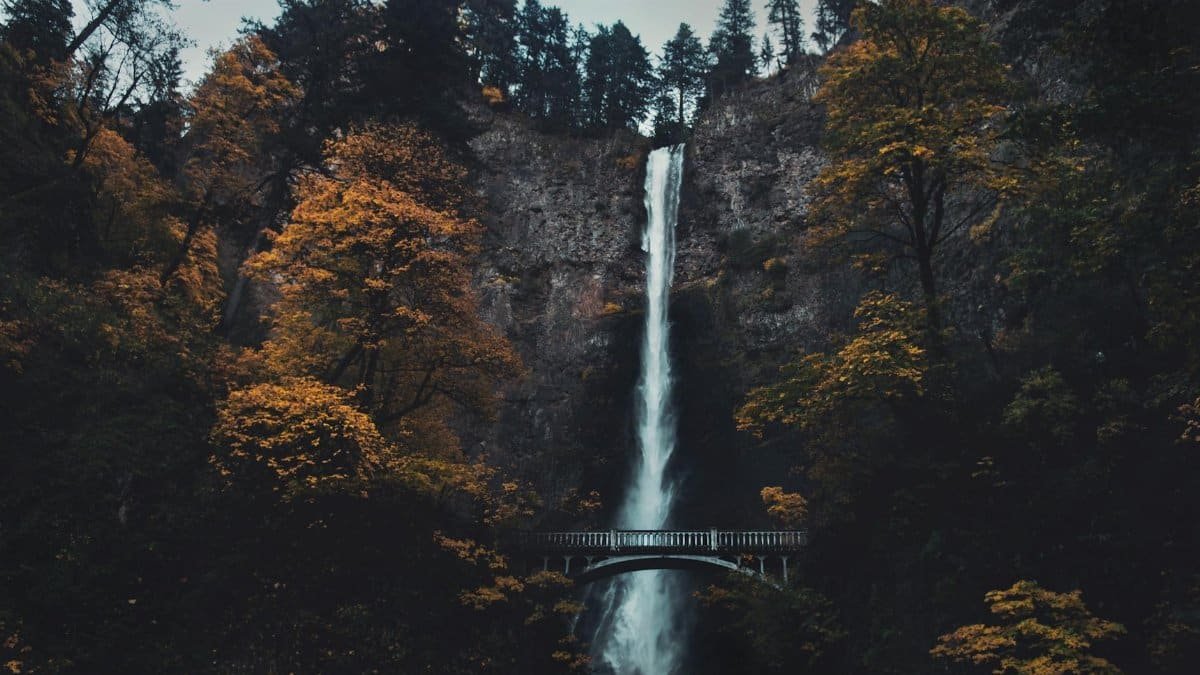
Just off Oregon’s Columbia River Gorge, Multnomah Falls tumbles 620 feet in two dramatic tiers, framed by lush ferns. Local tribes like the Multnomah viewed it as a sacred space for cleansing rituals. Today, its proximity to Portland draws urbanites seeking reprieve. The mist and steady rhythm of the water seem to slow time, offering what many describe as a meditative pause. A study by Oregon State University supports this, linking natural settings to reduced anxiety. Multnomah’s easy access via a short trail makes its healing potential widely reachable.
5. Palouse Falls, Washington: Hidden Solace

Deep in Washington’s arid southeast, Palouse Falls plunges 200 feet into a rugged canyon, a stark contrast to its dry surroundings. The Palouse tribe revered it as a place of spiritual connection. Visitors today often stumble upon it by chance, only to be struck by its raw isolation. The solitude amplifies its effect—there’s no cell service, just the sound of water. Many report feeling burdens lift as they sit by its edge. It’s a lesser-known gem for those chasing sacred waterfalls healing, far from crowded tourist spots.
6. Bridal Veil Falls, North Carolina: A Gentle Touch

In the Blue Ridge Mountains, Bridal Veil Falls in North Carolina offers a softer, 45-foot descent, its name evoking a delicate curtain of water. Cherokee legends speak of its purifying essence. Hikers often linger on the rocks below, letting the light spray cool their skin. One visitor described it as “a quiet hug from the earth.” Its intimacy stands out compared to grander falls, proving healing doesn’t always roar. It’s a short drive from Asheville, blending accessibility with serenity.
7. Ruby Falls, Tennessee: Underground Renewal

Hidden inside Lookout Mountain near Chattanooga, Ruby Falls is a 145-foot underground waterfall, illuminated by eerie, artificial lights. While not tied to specific Indigenous lore, its discovery in 1928 sparked wonder, and visitors today often feel a surreal peace in its cavernous setting. The cool, damp air and echoing drips create a womb-like calm. It’s a unique take on sacred waterfalls healing, showing that even hidden waters can stir the soul.
8. Wailua Falls, Hawaii: Island Spirit
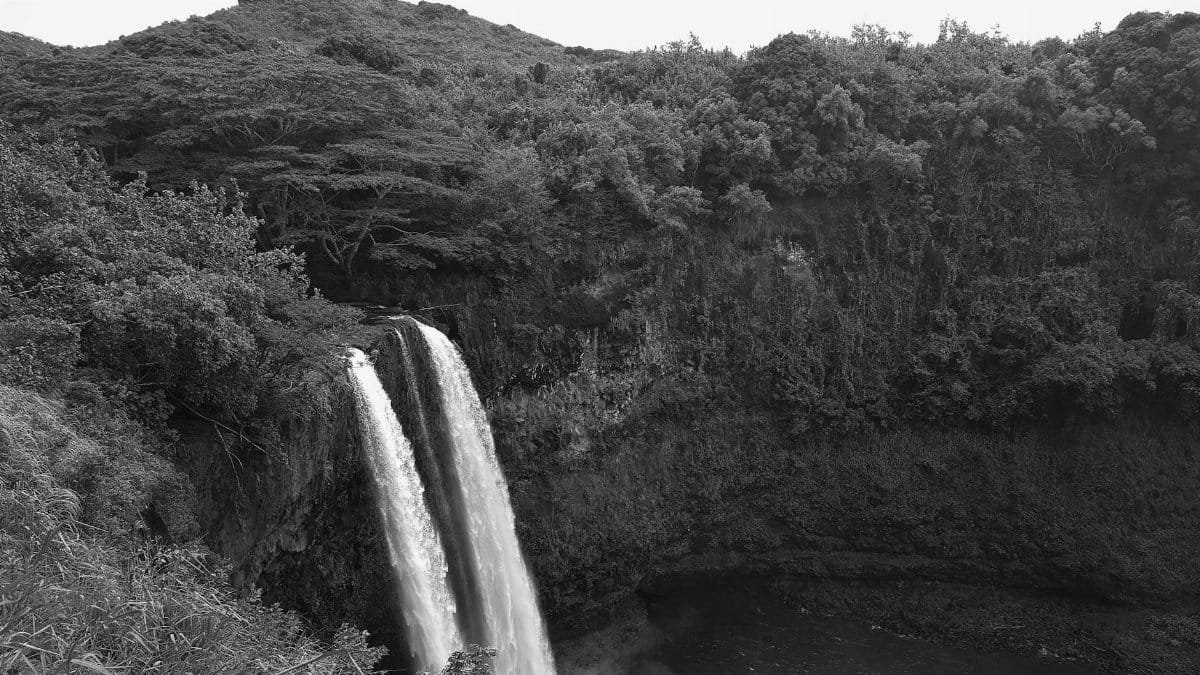
On Kauai, Wailua Falls drops 80 feet into a lush basin, a site sacred to Native Hawaiians for its connection to life-giving water. Ancient chiefs reportedly leapt from its top as a test of courage and divine favor. Modern visitors, wading in its mist, often speak of feeling tied to something ancient. The tropical setting amplifies its allure, a vivid reminder of nature’s vitality. Wailua embodies healing through cultural resonance and raw beauty.
9. Vernal Fall, California: A Misty Awakening
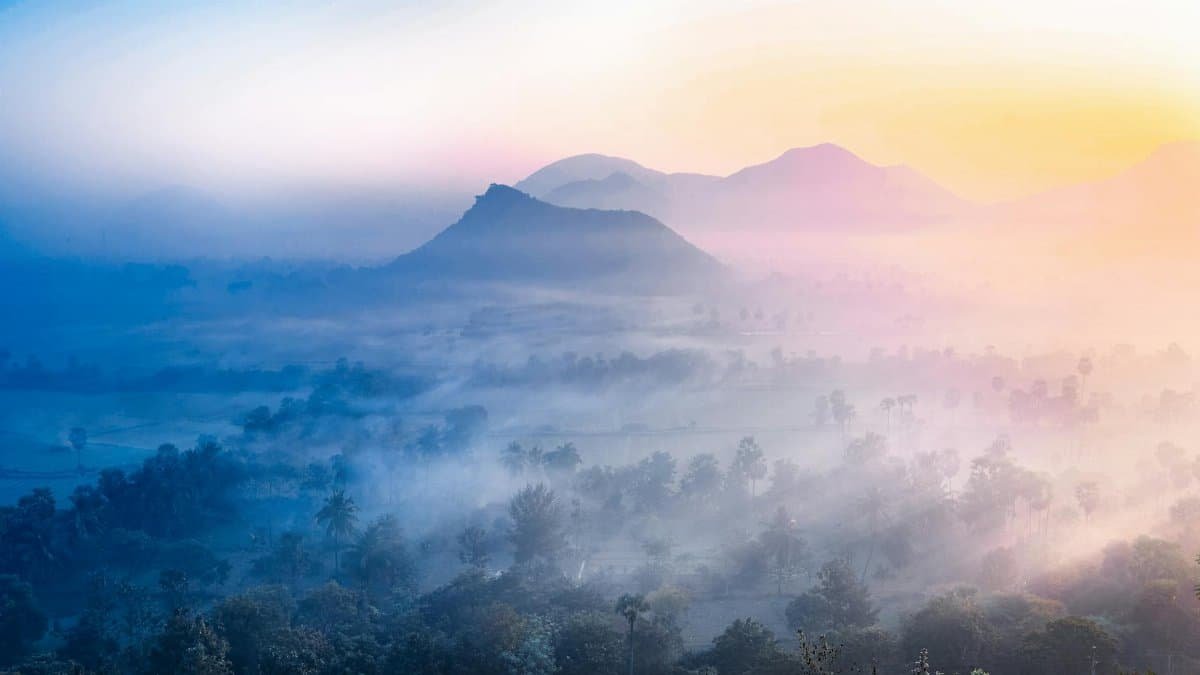
Back in Yosemite, Vernal Fall’s 317-foot drop along the Mist Trail soaks hikers in a refreshing haze. Native stories link it to renewal, and today’s trekkers often emerge from the wet climb feeling invigorated. The physical effort to reach it mirrors an inner journey, as if shedding stress with each step. It’s a tactile experience of sacred waterfalls healing, where water literally touches you.
10. Amicalola Falls, Georgia: A Southern Sanctuary
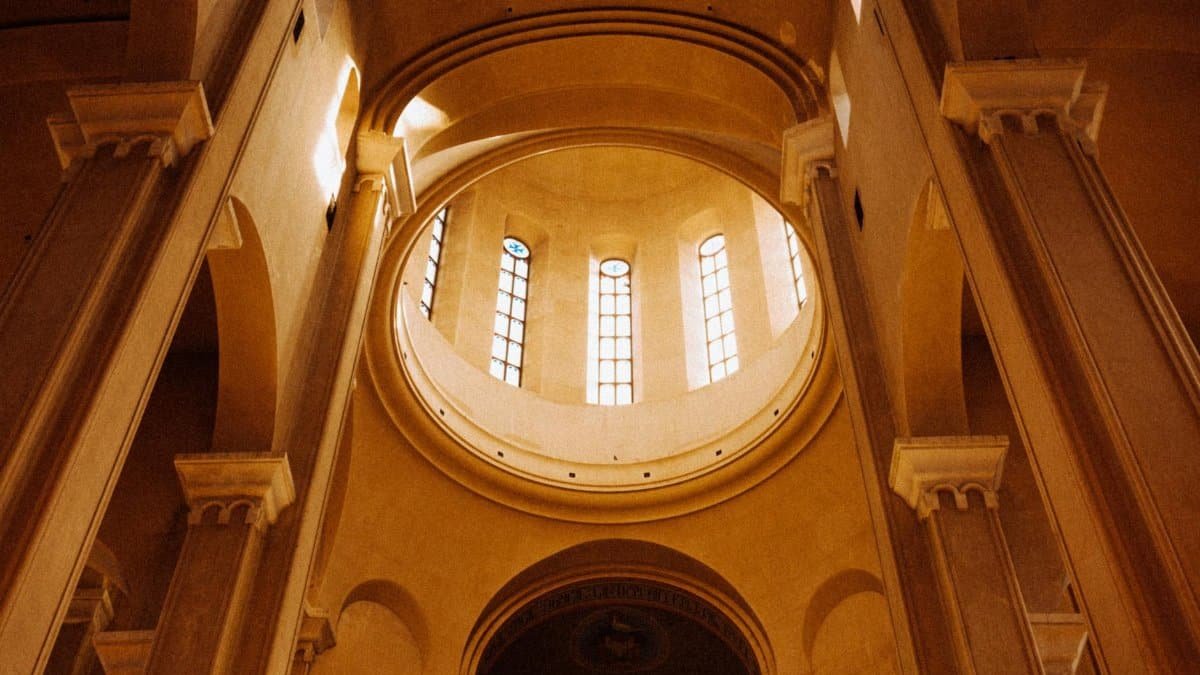
At 729 feet, Amicalola Falls in Georgia is the tallest cascade east of the Mississippi, its name meaning “tumbling waters” in Cherokee. Long a site of spiritual significance, it draws Appalachian Trail hikers and day-trippers alike. Many sit at its base, mesmerized by the endless flow, reporting a sense of release. It’s a Southern anchor for those seeking nature’s balm in 2025.
11. Shoshone Falls, Idaho: The Niagara of the West

Often called the “Niagara of the West,” Shoshone Falls on the Snake River drops 212 feet, taller than its eastern counterpart. The Shoshone people held it as a sacred fishing and gathering site. Today, its power mesmerizes visitors, who describe feeling humbled and recharged. Its remote location in southern Idaho adds to the sense of discovery, a quiet space for reflection and healing.
12. Akaka Falls, Hawaii: A Tropical Embrace
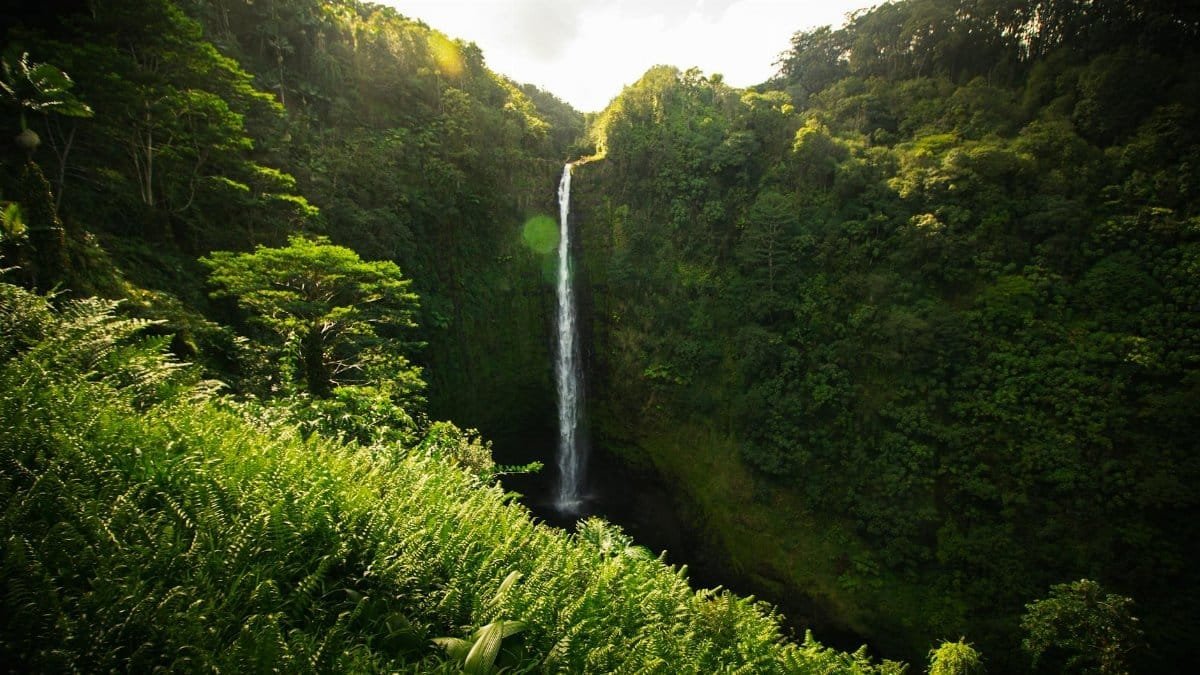
On Hawaii’s Big Island, Akaka Falls plummets 442 feet through dense rainforest, a sacred site in Hawaiian lore tied to the god Kane, bringer of life. Visitors on the short loop trail often pause, struck by the contrast of violent water and serene greenery. One person recalled, “It felt like the jungle was breathing with me.” Akaka offers a final, vibrant example of how sacred waterfalls healing weaves nature and spirit together.
Across the U.S., from thundering giants to hidden trickles, these 12 waterfalls carry a shared promise: a chance to step away from the grind and reconnect. Whether through cultural history, scientific backing, or simply the visceral rush of standing in their spray, they remind us of water’s ancient role as a healer. In a world that often feels fractured, these cascades stand as steady invitations to pause, listen, and let go. Where will your journey to find sacred waterfalls healing begin?
